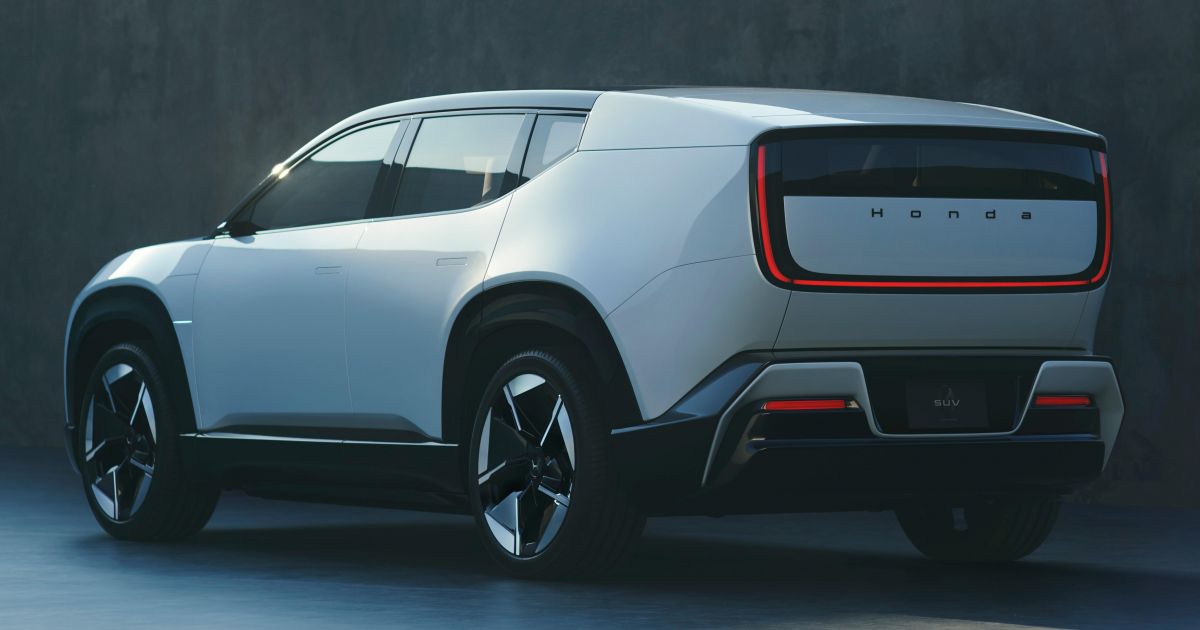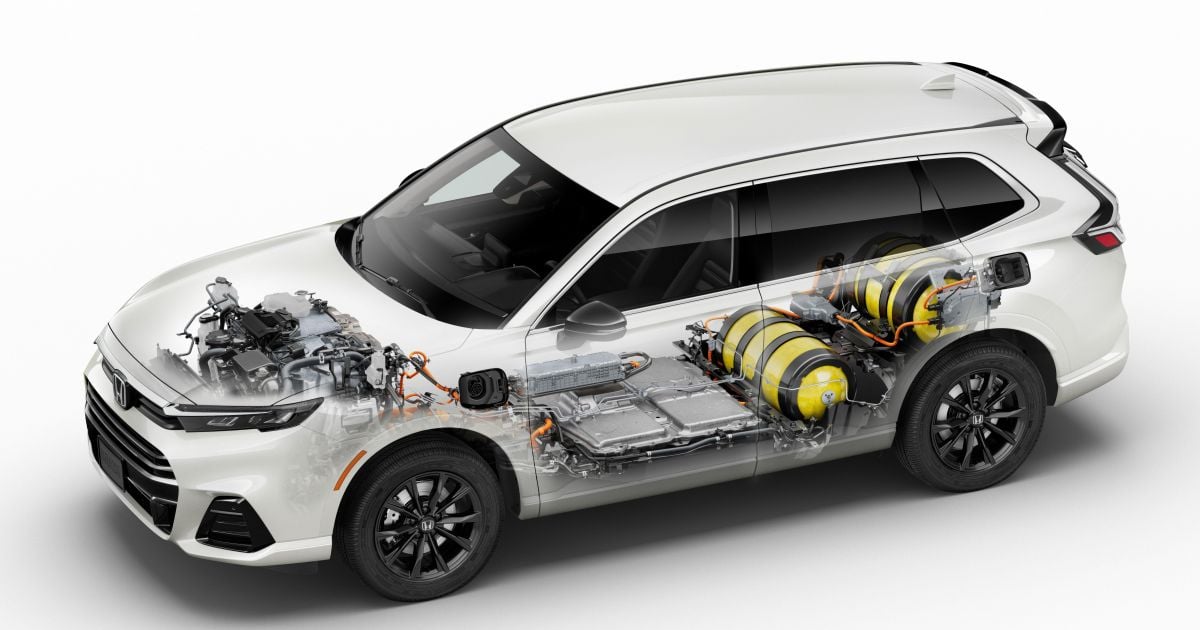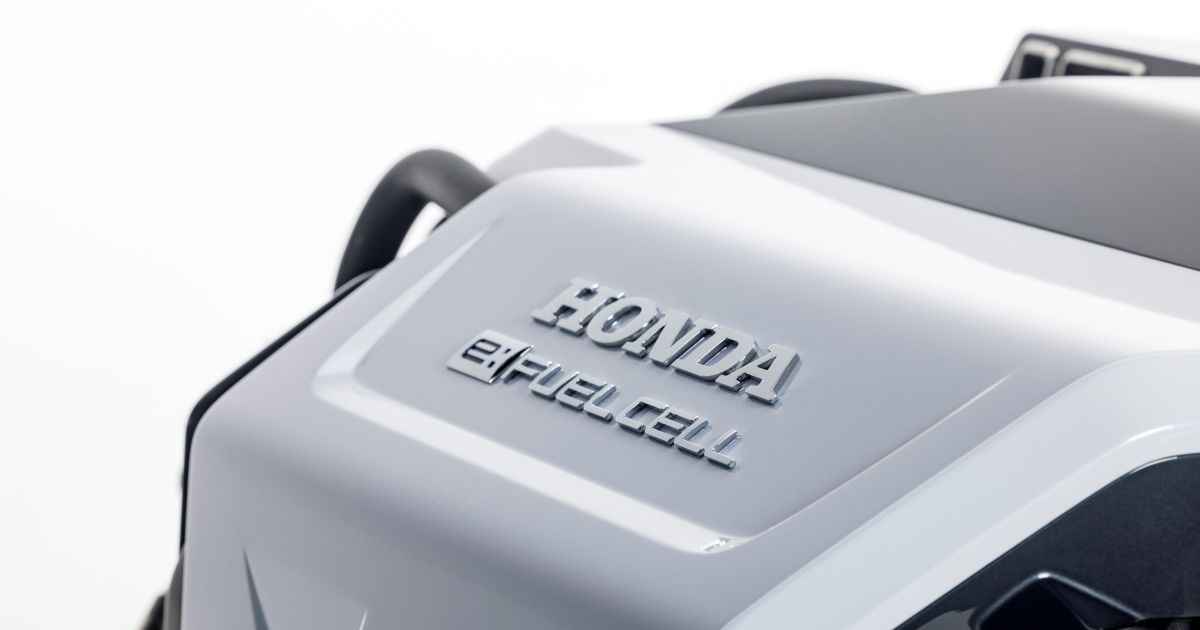Honda Australia says its parent company’s 2050 Net Zero emissions target doesn’t include a goal to sell only electric vehicles (EVs).
As part of its recently revealed future product plan, the Japanese automaker’s local division said updates to its best-selling CR-V mid-size SUV and HR-V small SUV would see hybrids account for 90 per cent of its overall sales by this time next year – up from 53 per cent currently.
Honda Australia also confirmed the mid-2026 arrival of the born-again Honda Prelude sports car, which will come with a hybrid powertrain.
The focus will then shift to EVs, however. Honda Australia says its first all-electric model will arrive in local showrooms in the second half of 2026, with the wild 0 Series model range on the cards for Australia.
CarExpert can save you thousands on a new car. Click here to get a great deal.
“A point I want to make with that is that BEVs [battery-electric vehicles] are not the goal,” said Jay Joseph, who was appointed Honda Australia CEO in March 2025.
“Battery-electric vehicles are a pathway to achieving carbon neutral – not necessarily the only pathway.
“BEVs will continue to improve – we’re working on solid-state batteries – but our goal is carbon neural, not battery-electric vehicles,” Mr Joseph added.
Earlier this year, Honda Motor Co pulled back on its goal for EVs to account for 30 per cent of its global sales by 2030, cutting almost one-third from the ¥10 trillion (A$105 billion) budget it previously set aside for EV development.
At the same time, the company set up and began producing solid-state EV batteries – which promise longer range, faster recharging and lower manufacturing costs – on a new dedicated production line in January
“That’s [electrification] just the obvious pathway in the near to mid term, but we’ll develop other technologies that help achieve that as well,” said Mr Joseph.
“We would like that to include electrified fuel cell vehicles when the infrastructure is there.”
Honda offers a fuel-cell electric (FCEV) version of the CR-V overseas, with the US-market version offering a claimed 434km (EPA) range from a tank of hydrogen. It can also be plugged into a charger to provide up to 47km of range.
Other automakers working on FCEVs include Hyundai and Toyota – although Stellantis recently announced it was ditching the technology.
“That’s a bit of a chicken and egg conundrum – there won’t be vehicles deployed until there’s enough infrastructure, there won’t be enough infrastructure until enough vehicles support demand. So we are working on both ends of that equation in different parts of the world,” added Mr Joseph.
“For the automakers, one of the ways to achieve carbon neutrality is to transition people’s relationship with energy for mobility. The near-team pathway is electrifying that, and that means BEVs.”
MORE: Explore the Honda showroom
MORE: Honda sheds more light on its electric car plans




